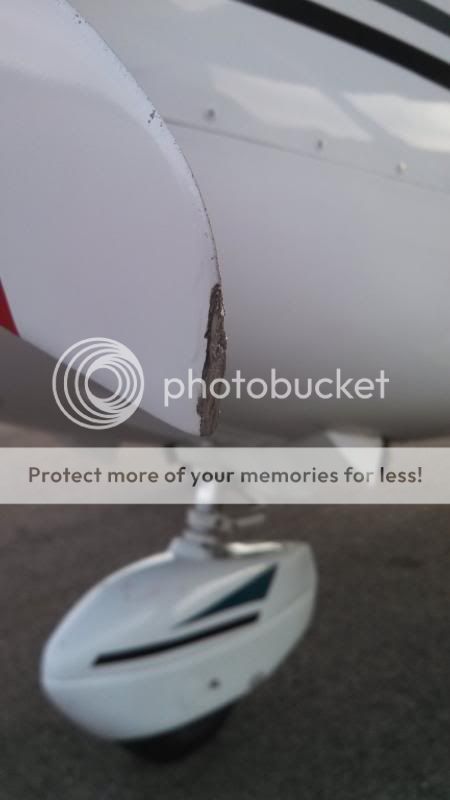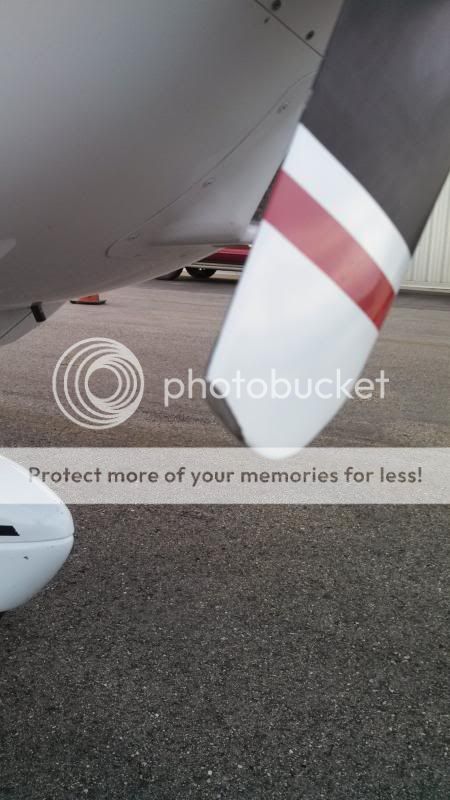I would bet the prop and engine will get sent off. See MPC26-02 Owner/Operator Manual, AC43.13-1B and AC20-37E. I would not fly it again if it gets "minor blending". That is what insurance is for. That is also why one should think about taking an instructor up when not current. $40/hr vs $30,000+.
Any McCauley propeller experiencing a Blade Strike must be removed from the aircraft and completely overhauled by an FAA approved propeller repair station in accordance with the applicable overhaul manual.
D. Blade Shortening.
(1) Propeller tip damage will sometimes lead field maintenance personnel to consider removing
damaged material from the blade tips. However, propellers are certified to the aircraft engine and airframe resonant frequency by being manufactured with a particular diameter to minimize vibration. Shortening of the blades without reference to approved data could create an unairworthy condition. Refer to the airplane type certificate data sheet, aircraft specification sheet, or supplemental type certificate data sheet as applicable, for the allowable propeller diameter for each propeller installation.
(2) With certain limitations, specific minor repairs may be accomplished.
(a) If the blade tip has been damaged and the removal of the damaged area would result in
shortening of the propeller blade(s), the propeller shall be taken to an FAA approved Part
145 Propeller Repair Station or international equivalent, for propeller blade repair.
(b) When conditions indicate, inspect the blade tips for evidence of shortening and, if necessary, measure the propeller diameter to determine if an unauthorized repair has
altered it.







